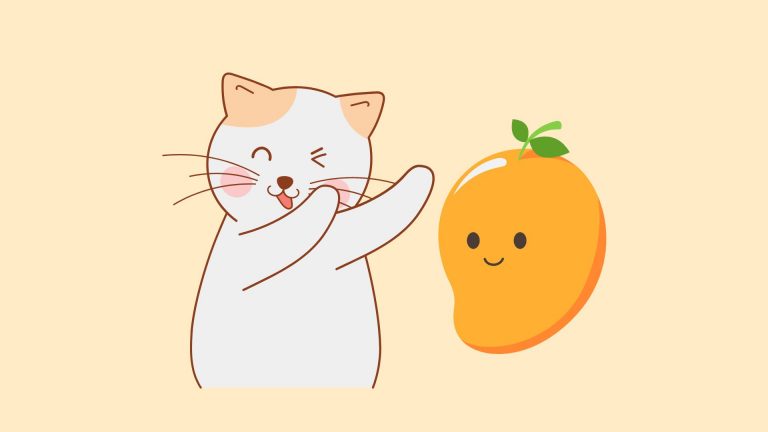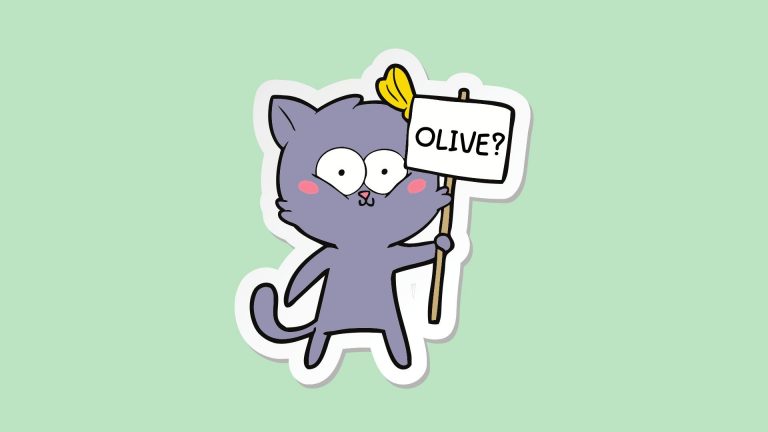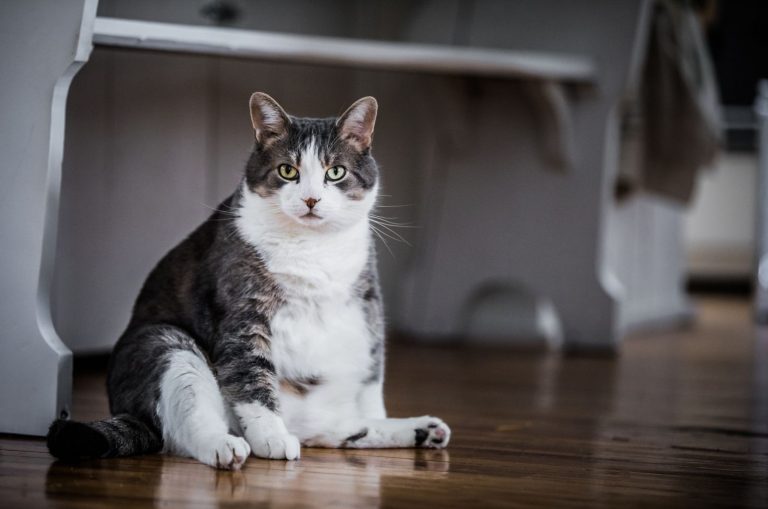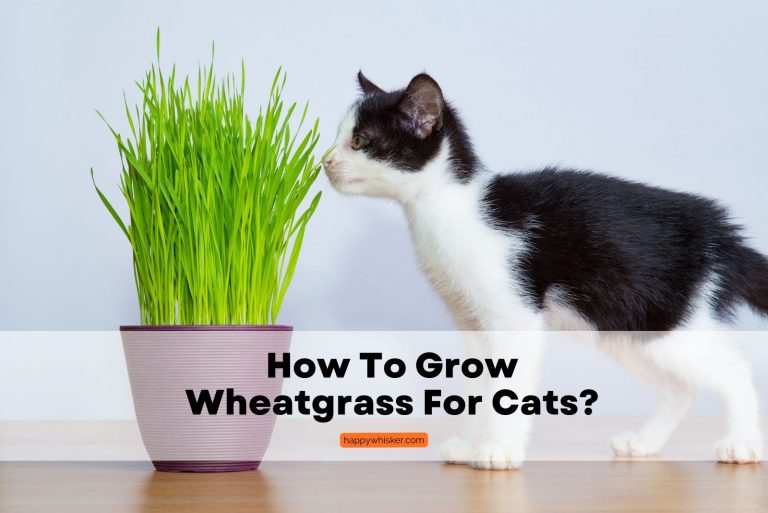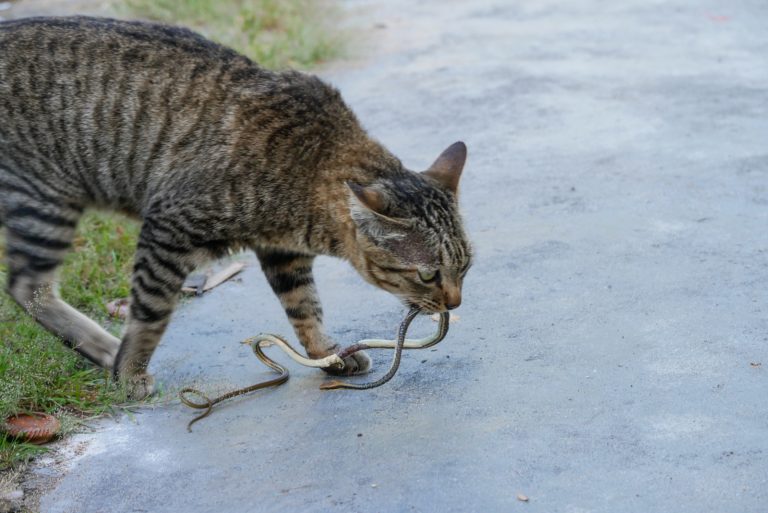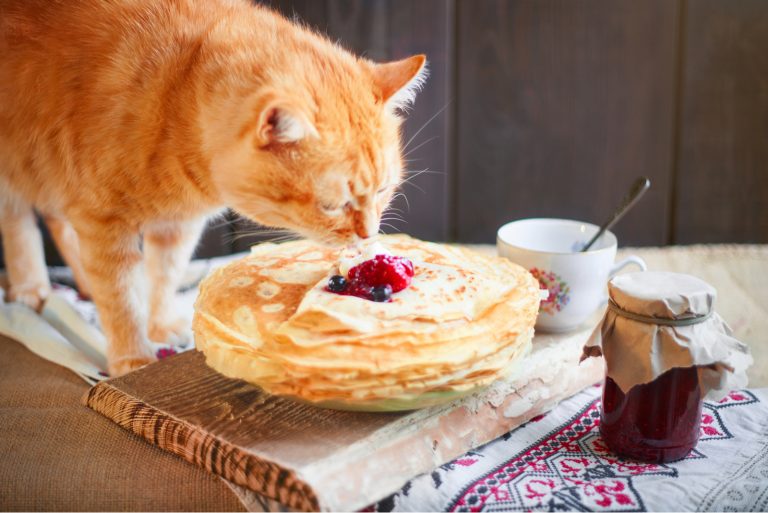Facts About Fat Tuxedo Cats! Is Every Tuxie Overweight?
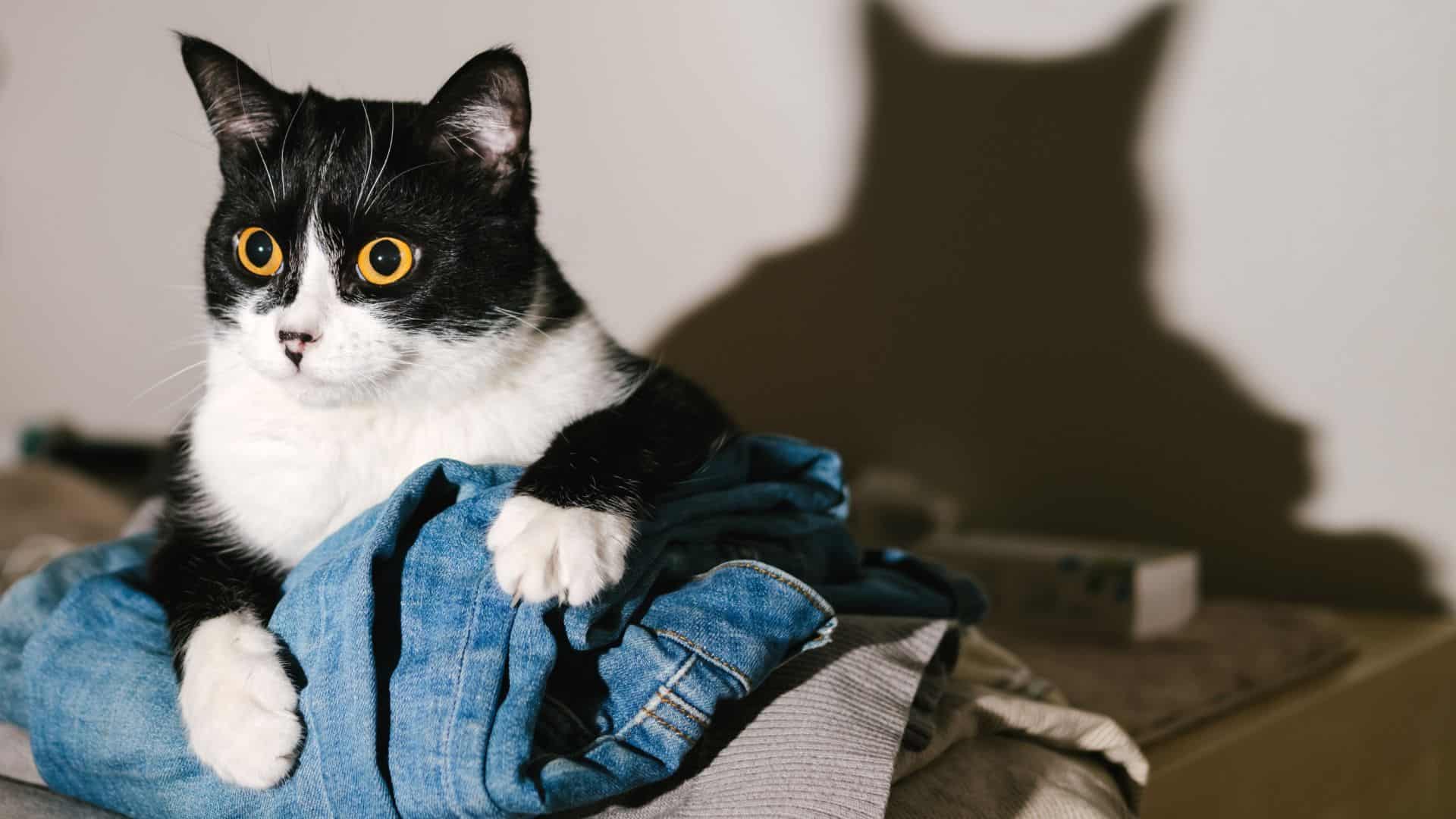
Cat lovers all over the world have shown interest in fat tuxedo cats. Some want to know more about them because they’re looking to adopt, and others have shown interest because of the ongoing memes involving fat cats in bow ties.
In order to determine the appearance, health, or personality traits of our furbabies, we must first realize that the term tuxedo doesn’t define a cat’s breed but merely its coat pattern.
Many pet owners wonder if their cute cats are fat because of their coat color and pattern. Now, what is it with these beautiful cats with white feet and distinguished appearances?
Read on to find out all about fat tuxedo cats, whether they are prone to gaining weight, what you can do to help them maintain a healthy weight and some general info about the tuxedo pattern.
Facts About Fat Tuxedo Cats
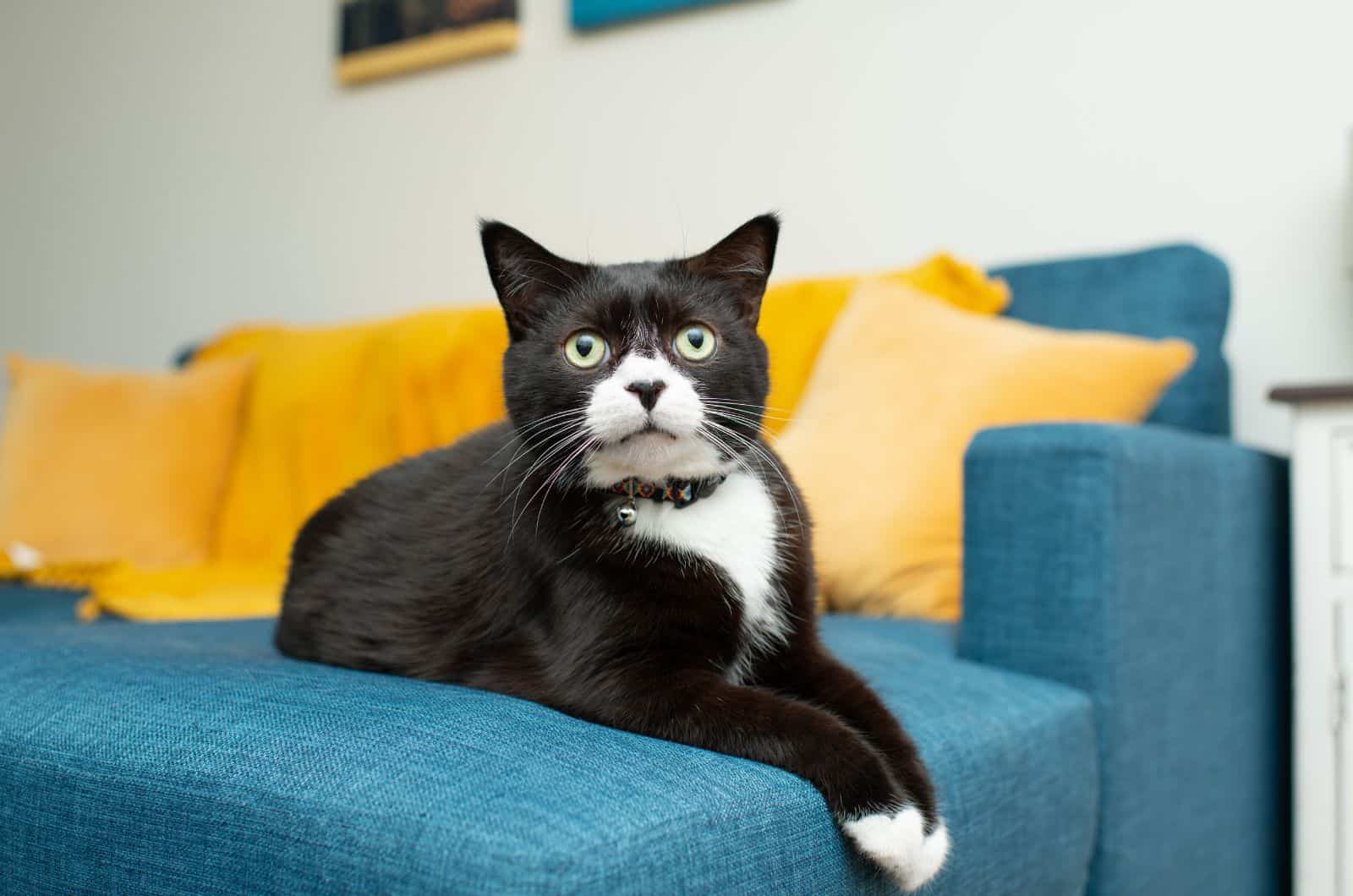
It is essential to know that the term tuxedo refers to a particular coat pattern in cats. Therefore, it’s logical that many different cat breeds can have this type of pattern, so there can’t be a specific trait shared by every “tuxedo cat.”
However, there are a few general facts that cats with a tuxedo pattern can have in common.
Tuxedo Cats Can Be Medium Or Large
The size of your tuxedo cat also depends on its breed. It can be medium-sized or large if its breed is usually that size. For example, an American Shorthair is medium to large in size, and this has nothing to do with the pattern and color of its coat.
They Are Not Naturally Fat
A tuxedo cat is not born fat, but it is prone to weight gain. Sometimes the case is, however, that your tuxie just appears fat. Depending on the breed and type of coat, a fluffy cat can sometimes appear as overweight.
You should watch out for obesity, and always plan your cat’s diet and talk to your vet if you notice your kitty is gaining excess weight.
However, They Are Prone To Chubbiness
You might wonder how big do tuxedo cats get, and this will depend on their breed and on how you raise them. You, as a responsible cat parent, have to plan out your cat’s diet plan to avoid chubbiness and the health problems associated with it.
Many tuxedo cat owners have reported that tuxies eat a lot more than other cats. Obesity is generally a big problem for many cat owners, regardless of the coat pattern.
Indoor cats don’t have to “work” for food, so they tend to get greedy and demanding. This is where you have to be stern and stick to the diet plan your vet helped you set up.
General Info About Tuxedo Cats
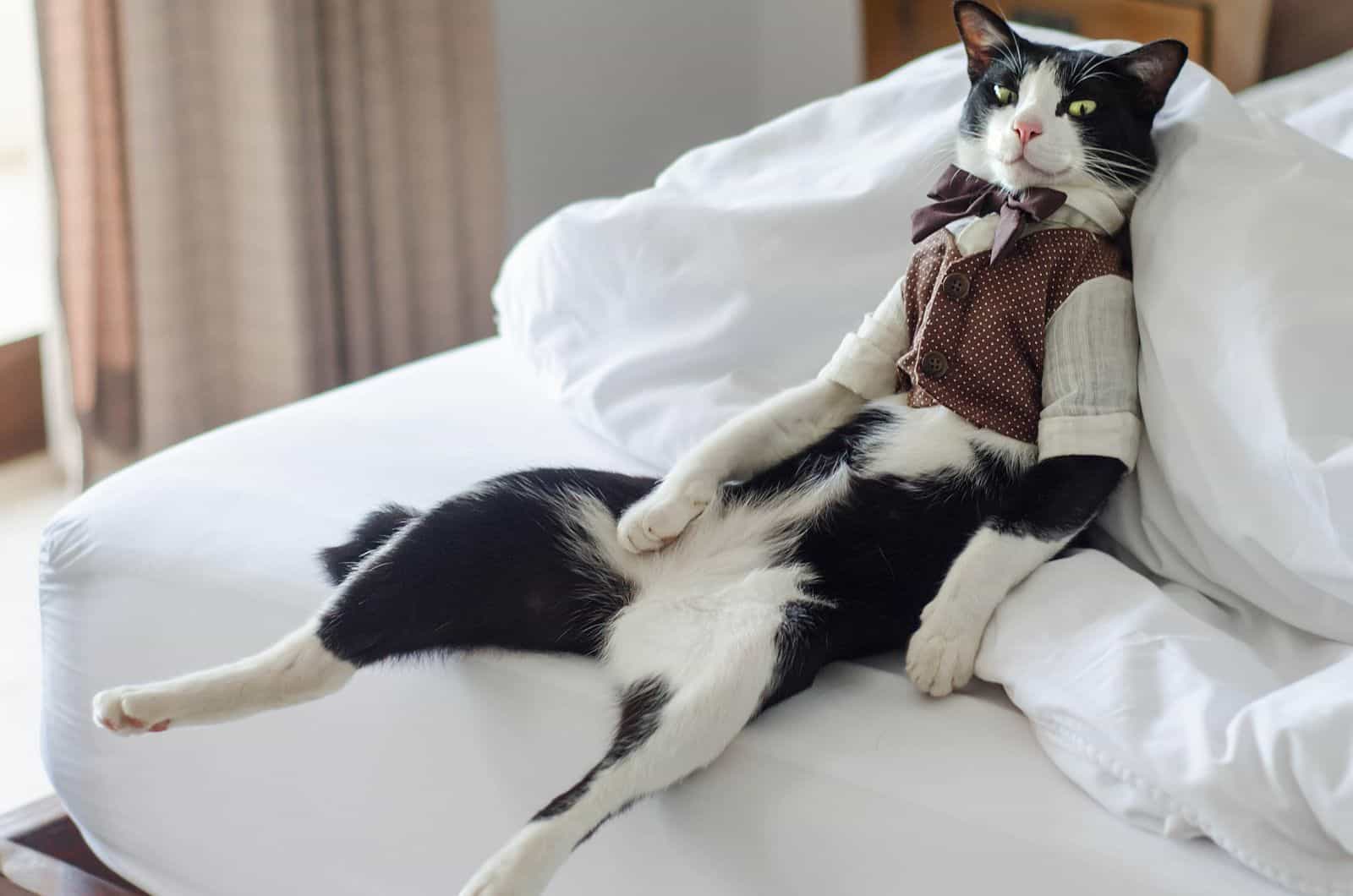
A lot of cat owners can’t devise a diet plan on their own because they don’t know how much food is enough. This is why it’s important to discuss and set up a diet plan with your vet. If you don’t set a scheduled diet plan, you’re going to get an overweight cat.
Sometimes a bit of fat is not a problem, but you need to look after your cat’s weight gain and activity levels, and even more importantly, don’t give in to your cat’s needs all the time! We all like to spoil our kitties a bit, but you have to have boundaries.
Again, some cat breeds are more prone to gaining weight, so always do your research according to the cat’s breed and not its coat pattern.
What Are They?
When most people hear the term “tuxedo,” they envision a formal black-tie event.
Because of this, it’s easy to see how tuxedo cats got their name. These cats embody formal elegance with a coat that’s solid black (or other colors such as red, cream, or blue), with white paws, chest, and belly.
Certain tuxedo cats possess a black mustache that looks even more formal. These typically black and white cats are known as lucky charms, so let’s see why they are so special.
Why Are They So Special?
When raised as an indoor-only cat, a tuxedo cat lives approximately 10 to 20 years like any other cat. Outdoor cats, on the other hand, have shorter lives; they have an average lifespan of five years.
Intelligent and affectionate by nature, these little cats are also known to get along well with other pets (including their greatest enemy – the dog).
However, as I said, tuxedo is just a coat pattern cats can possess, so it is impossible to tell whether all tux cats will inhabit the same traits. It was once thought that bicolor cats’ coat color was the result of slow pigment cells.
Scientists now have a new hypothesis to explain the graceful coat color of tuxedo cats. According to previous research hypotheses, these “slow” pigment cells were unable to reach all areas of the Tuxedo kitten embryo before it fully developed.
Researchers now recognize that pigment cells proliferate and move around randomly during embryonic development and that they do not appear to follow clear guidelines when it comes to determining the coat color of cats.
You might also want to know are tuxedo cats smart? What do you think?
Why Are They Known As Fat Tuxedo Cats?

Tuxedo kitties are not always all white and black, but they do all have the white spotting gene.
The gene can influence the pattern development in many ways, from a few white patches in an otherwise solid coat, as exemplified in the tuxedo pattern, to the predominantly white pattern found in the Turkish Van breed.
Tuxedo cats can have long or short hair, depending on the cat breed. This coat pattern is a distinct genetic trait that can affect any multicolored breed of cat, even those with distinctive traits, such as Persian cats and Manxes.
The good news is that they love to play and stay active, despite their chubby appearance. In many cases, owners are the ones who contribute to the obesity of these cats, mostly because they’re not tracking their food and calorie intake.
Luckily, most cats with tuxedo patterns are active and easily trained, so handling their weight doesn’t have to be a big issue. These cats are natural hunters, so any game that requires them to run, chase, or fight objects can keep them active.
Restricting food and increasing exercise can greatly affect your cat’s health and help your cat’s weight problems.
Are Tuxies Always Fat?
It’s not just about being fat; it’s caused by thick skin and fibrous tissues.
This is a testosterone-mediated response in unneutered cats that not only serves as a visual indicator of the male’s physical condition to both other male and female cats, it will also benefit a tuxie during a battle with another tomcat.
How To Normalize Your Fat Tuxedo Cat’s Weight
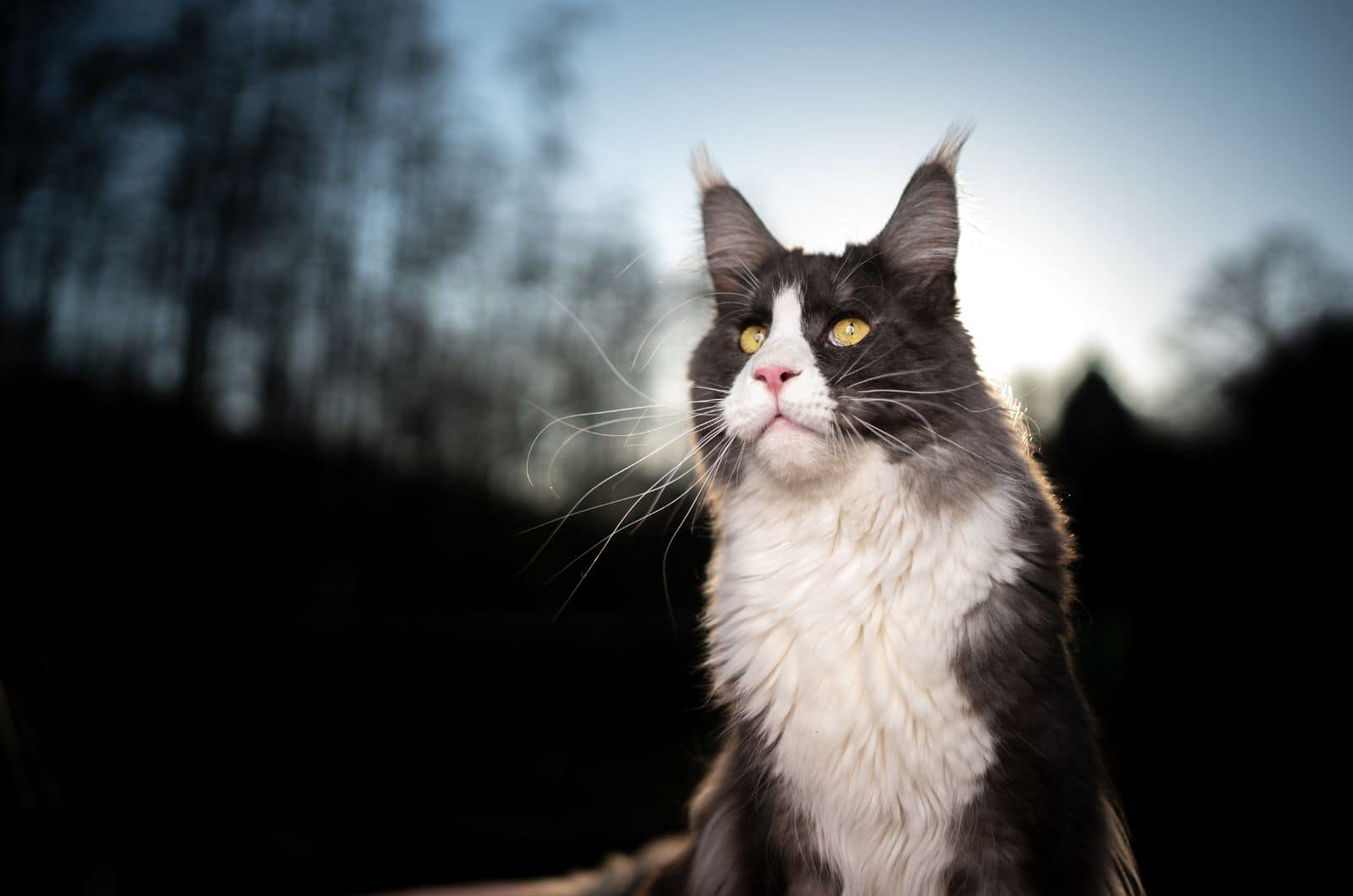
The following tips are on a general basis and can be applied to all cats in most cases. However, you will need to discuss your specific cat with your vet.
Nutrition, health, and all other needs will be specific to your kitty and will largely depend on its breed.
1. Keep Them Healthy
Again, every cat is unique, and certain health issues or benefits are determined by its breed and not the coat color. However, some health issues can affect the feline population in general, so it’s worth keeping them in mind.
Some cats are more prone to heart diseases, some to bone issues, etc. Then there is diabetes, which is more common in obese cats. FIV also spreads when cats fight, so be aware of any tomcats in your neighborhood.
There is also the FelV, which damages a cat’s immune system and, unfortunately, increases the chances of blood cancer. Immunization helps minimize the risk.
Simply Pay Attention To Your Cat
To maximize your cat’s chances of living a long and healthy life, make sure it eats high-quality, nutritious foods and gets plenty of exercise (perhaps get your cat a running wheel).
Regular veterinary care also helps keep your beloved feline friend in good health.
The more you know and observe your pet, the more likely you are to notice changes in your pet’s health and act quickly.
It’s important as well for when you go to the vet because the more info you provide, the easier it is for them to diagnose and solve the problem.
2. Correct Nutrition
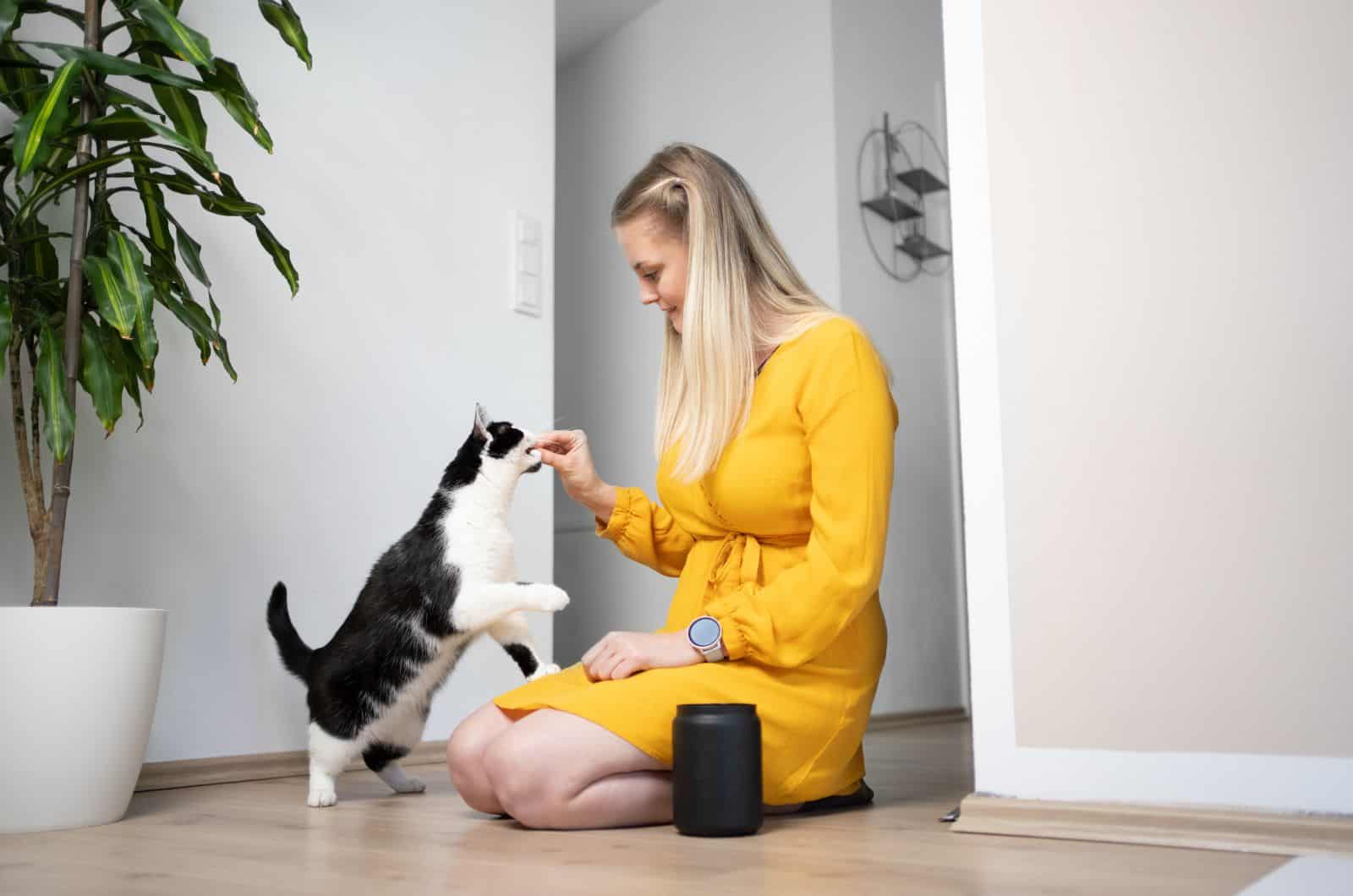
The food you should give your tuxie cat will vary according to its breed and specifically to your cat’s condition. Still, there are some general guidelines that apply to cats in general. You have the option to serve wet or dry food, but you can also serve a combination of both.
Cats have different nutritional needs as they age, so make sure the food you buy reflects this. Also, your cat’s activity level and metabolic rate affect your cat’s needs and need to be considered. The cat food you decide to feed to your cat needs to be meat-based.
Meat is the primary source of protein required for proper function. Many cat owners are accustomed to feeding their pets from their own plates, but certain foods are dangerous, and overeating can lead to obesity and various health problems.
Follow The Diet Plan
Stick to your cat’s designated diet plan and schedule of feeding to avoid them becoming overweight (or underweight); in other words, to keep them at a healthy weight.
You’ll need to devise a diet plan as soon as you adopt your tuxedo kitten. But be aware that you’ll need to change it. While many cats enjoy eating many small meals throughout the day, some owners find this impractical and choose to feed two large meals instead.
Sometimes, cats as they age, change their eating habits as well, which is why you’ll need to discuss the diet plan with your vet more than once.
You must also give your pet plenty of clean, fresh water to satisfy their thirst. This is especially important for cats on a dry diet, as dry cat food lacks moisture.
3. Be Careful
Caring for your fat tuxedo cat is, otherwise than diet, no different than caring for any other cat.
You can choose to have your cat spayed or neutered while it is young. Many prefer to eliminate potential concerns such as aggressive cat behavior and territorial marking. Also, not to mention the risk of kittens if you have unspayed females.
Then you need to decide whether to keep the cat inside or outside. This is specifically determined by your living conditions. Whether you live in an apartment or on a busy street, keeping a cat indoors is natural.
However, if you live in the country, allowing your cat to go outside can be a safe option as well.
What Is It With The Fat Tuxedo Cat Meme?
Today’s world is a strange place to live in, but it’s also a great one if you ask me. Almost everything revolves around memes, so naturally, there’s a fat tuxedo cat meme as well.
There’s a trend going around on TikTok that involves a fat cat wearing a tuxedo. Check it out:
There are many people sharing this picture of a fat cat in a tuxedo, adding “seductive” songs, and just having a laugh!
Others, when talking about fat tuxedo cats, refer to the “bode” meme. This meme refers to images of tuxedo cats with the word “bode” written on them.
The meme first started when a guy wrote on Tumblr that he dreamt about fat cats with the word “bode” written on them. Bode, in this context, refers to bodacious.
This, of course, led to many other people making pictures and memes with different cats and animals with the word “bode” written on them. Read more about it on Know Your Meme.
Final Thoughts

There’s simply something about a cat that looks like it has white fur instead of a shirt and a black coat instead of a tuxedo. Now, having your tuxie visiting its food bowl more than it should, is a different story.
Now that you’ve read some general tips on how to normalize your fat tuxedo cat’s weight and how to keep them in good health, I hope you’ll do some more research on your tuxie in particular because the breed is what’s more important than the coat pattern.
By considering your tuxedo cat’s breed, you’ll know more about its health issues, grooming requirements, etc. A tuxedo Norwegian Forest cat won’t have the same traits or needs as a tuxedo British Shorthair.
Related Articles:
• Maine Coon Tuxedo Cat–Types, Personality, Appearance & More
• Rare Cat Colors & Patterns: 23 Stunning Cats (With Pictures)
• Info About Mackerel Tabby Cats + Fun Facts You Didn’t Know

